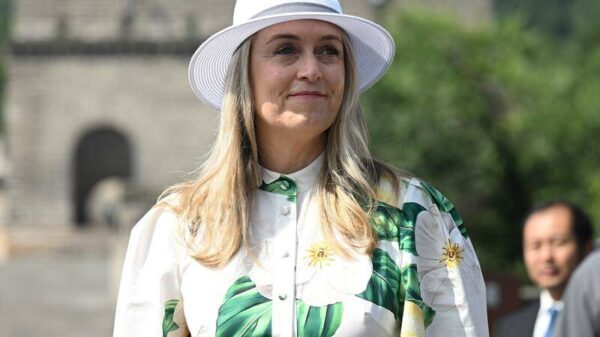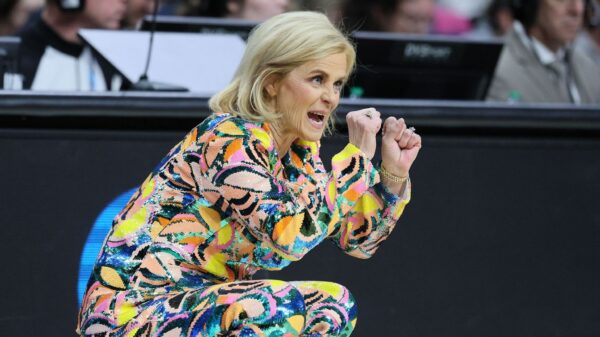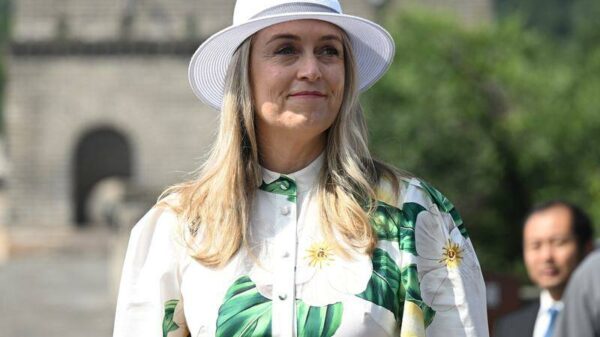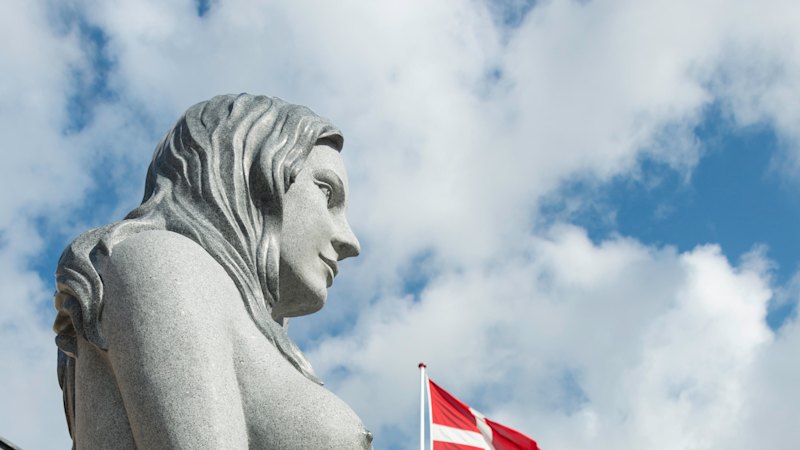A statue known as the Big Mermaid is set to be removed from Dragor Fort, located several kilometres south of Copenhagen, following complaints about its perceived vulgarity. The four-metre-tall statue has faced criticism since its unveiling in 2006 for its sexualised portrayal of femininity, described by some as “a man’s hot dream of what a woman should look like.”
Originally situated at Langelinie Pier, the Big Mermaid was relocated in 2018 after public outcry over its appearance. The Danish Agency for Palaces and Culture has stated that the statue does not align with the cultural heritage of the fort, which dates back to 1910. This decision has reignited discussions about the portrayal of women in public art.
Controversy and Public Reaction
Peter Bech, the restaurateur who designed and commissioned the Big Mermaid, expressed his bewilderment at the backlash. In an interview with TV 2 Kosmopol, he argued, “The mermaid has completely normal proportions in relation to her size. Of course the breasts are big on a big woman.” Bech believes that the statue serves as a tourist attraction and dismissed the criticisms as “pure nonsense.”
The proposed removal has sparked a debate about artistic expression and societal standards of beauty. Supporters of the statue argue that it is an important piece of modern art that challenges conventional representations of women. Critics, however, maintain that its sexualisation is inappropriate, particularly in a public setting.
A Compromise in Sight?
Despite the controversy, Bech remains hopeful that a compromise can be reached, allowing the statue to remain in its current location. He asserts that the Big Mermaid has become an integral part of the local landscape and a point of interest for visitors to the region.
As the Danish Agency for Palaces and Culture prepares to carry out the removal, discussions around the future of public art in Denmark are likely to intensify. The fate of the Big Mermaid may not only influence local attitudes towards public sculptures but also reflect broader conversations about gender representation in art and culture.
The decision to remove the statue underscores the ongoing tension between cultural heritage and contemporary values, highlighting the complexities of public art in modern society.





























































